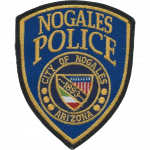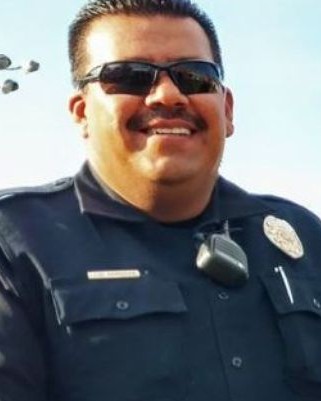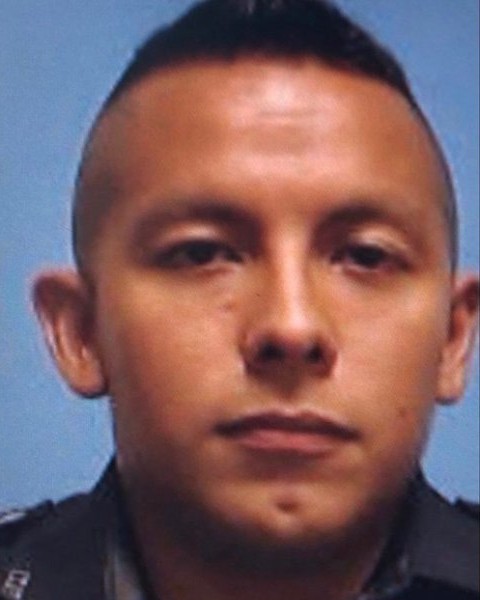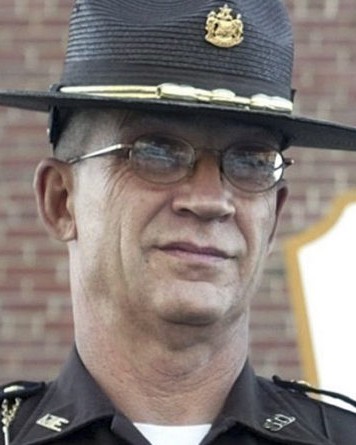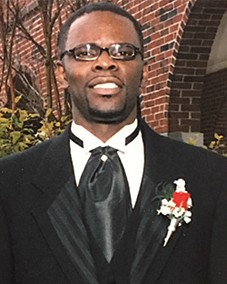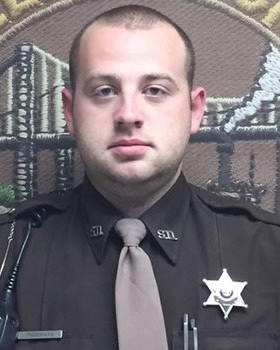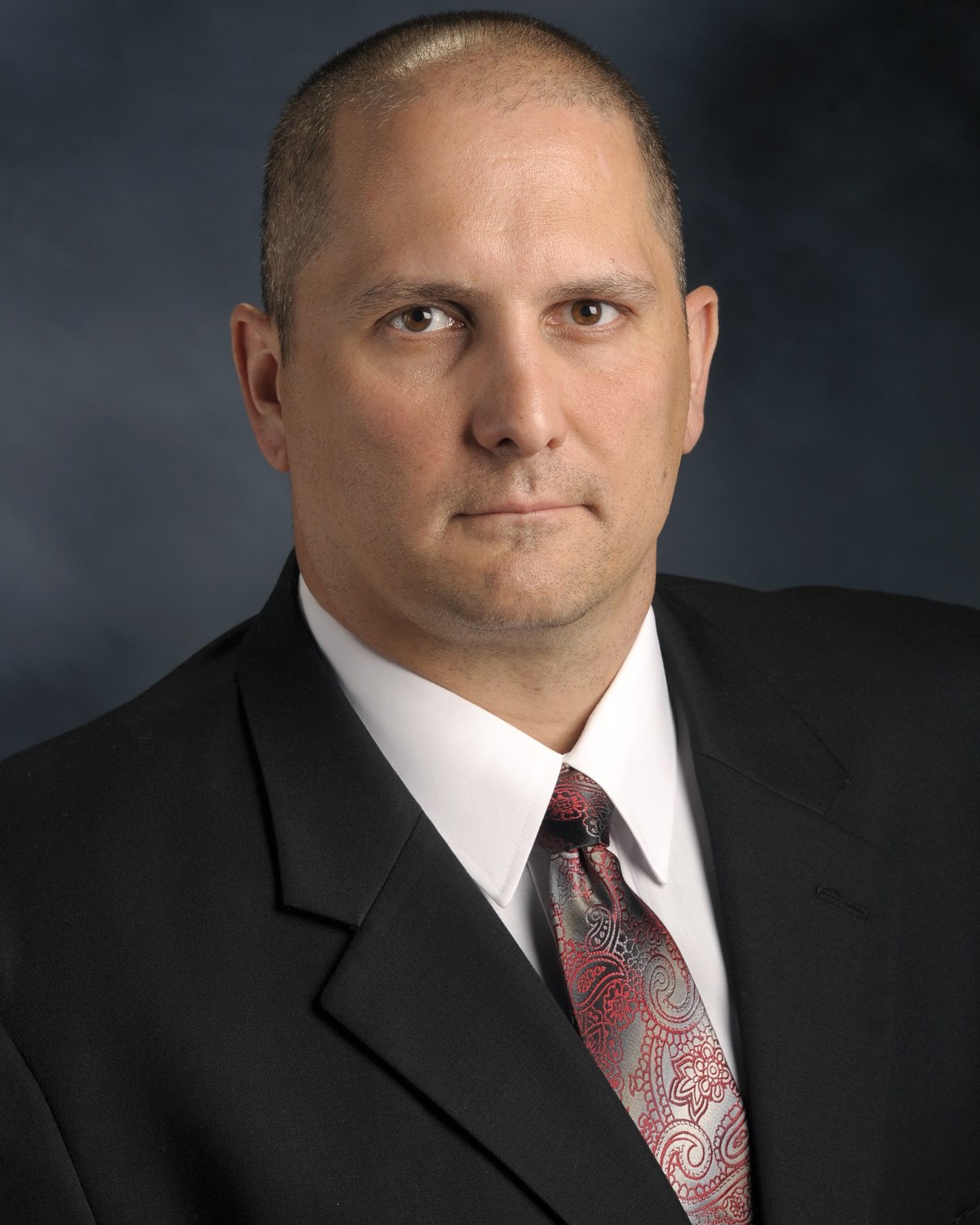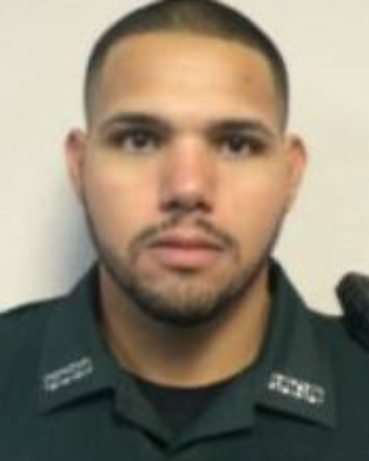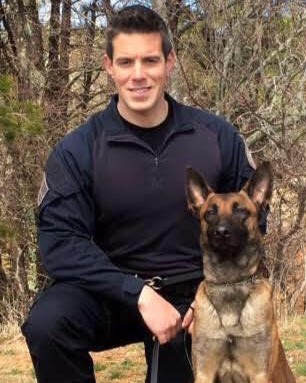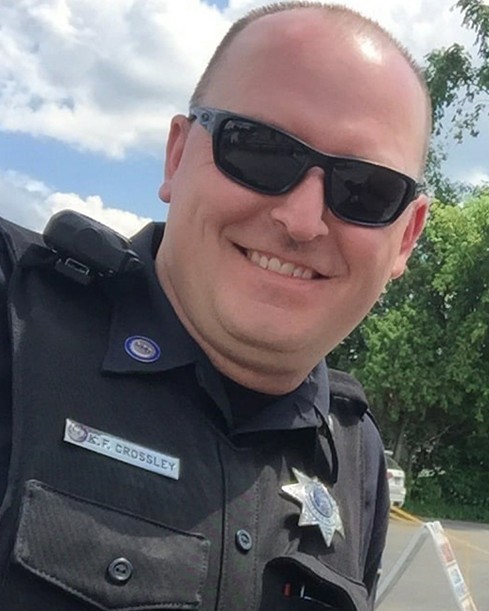Ages ago I was speaking with some Houston Police sergeants and officers about their short lived updated pursuit police. In summary, they could “pursue,” but not pursue. Well, the HPD command staff was a bit embarrassed the next day when the Harris County Sheriff’s Office (Harris County is most of Houston) pursued a suspect and after he was stopped, he was shocked. He said, in response to a TV reporter’s question, "I though the cops couldn't chase anymore...." Suffice to say the pursuit policy was revised.
I don't argue, chases are dangerous, for the cops, the suspects, and most importantly, the general public. That's why they can't be started for no reason. If we have the suspect's name, and it's a relatively minor crime, it's often better to let them go, pick them up the next day, or file a warrant. If you have a child molester or a murder suspect, that's another thing.
With that a background, let's look at
Cleveland and how they handling this issue:
Cleveland policy called into question after LEOs take gunfire twice but told not to pursue
Officers were shot at during two separate incidents and supervisors would not allow officers to give chase
CLEVELAND, Ohio — Cleveland Police Chief Calvin Williams on Tuesday addressed growing concerns that the department's policy regarding chasing violent suspects is preventing officers from doing their jobs and emboldening criminals.
The chief's sharply worded memo comes less than a week after officers were shot at during two separate incidents and supervisors would not allow officers to give chase.
Both incidents, and three others involving officers who had their cars rammed by suspects but were not allowed to pursue them, led the police union and other city officials to question how Cleveland police officials are applying the policy on when officers are allowed to chase suspects.
"These criminals now feel empowered to do whatever they want because they know they're not going to be chased," Cleveland City Councilman Mike Polensek said. "When you shoot at a cop, you're shooting at every one of us."
Williams, who did not directly address the recent incidents, defended the department's policy by saying that his officers are authorized to chase suspects. He said he crafted the policy based on the best-practices for chases and that the policy gives the best chance at protecting both police officers and residents.
"Officers are authorized to conduct vehicle pursuits in order to take violent suspects or intoxicated drivers into custody," he wrote. "This most certainly includes suspects who have committed violence, including attempting to harm our police officers."
The city enacted the policy in 2014, two years after a deadly chase involving 62 police cars that ended with more than a dozen officers firing 137 shots and killing Malissa Williams and Timothy Russell, who were unarmed...
I found a decent summary of the facts on the
Williams and Russell case. I found this interesting:
Why is a judge deciding this case?
Brelo waived his right to a jury trial last month. Prosecutors argued in a counter-motion that his decision was racially motivated, and that the black communities of Cleveland and East Cleveland have a right to hear the case.
But Judge John P. O'Donnell ruled that he will be the one to hear the trial, as in Ohio the right to have or refuse a jury lies with the defendant alone.
I underline the section because of the inherent racism of the prosecution. Don’t believe me? Imagine the outcry if a the DA said a white jury should try the case of a black man, accused of murdering a white grandmother.
...New policy enacted in 2014
The policy allows officers to chase people suspected of violent crimes or drunken driving. The officers are not allowed to give chase unless they get permission from a supervisor. If the supervisor calls off the chase at any point, they must stop or face discipline.
The policy is at some points intentionally vague, leaving room for supervisors to take into account a myriad of factors -- including road conditions, how fast the chase is going and how many others cars are on the road -- when deciding whether to authorize a chase.
"Officers shall err on the side of caution and interpret this policy in the most restrictive manner if, for any reason, this directive does not offer clear guidance for a specific set of circumstances," the policy says in bold type-face...
OK, the guidance is already clear. An officer will simply not pursue unless under extreme circumstances. Remember, a suspect takes off, the officer must start the chase to keep him in sight, concurrently call a supervisor on the radio (assuming it’s not tied up), explain detailed information, answer questions, and wait for the supervisor to say yes or no. Sometimes that can take a bit. Meanwhile, if the suspect crashes into a car, injuring or killing someone, the internal affairs report will say, “Officer Smith, as you were not authorized by a supervisor to pursue this suspect...”
Exaggeration? Ask the officers of Baltimore after the district attorney indicted them in the Freddy Gray with no evidence, their lives were destroyed.
Effective policing is, by its nature, aggressive and assertive. However, when cops are hamstrung by restrictive policy, and have no faith in the command staff to back them up,/= they will join the fire department. Sign on, wait for calls for service, answer them, and play it safe. And as the crime rate goes up, the people of Cleveland wil have to make a decision. Vote out the gutless wonders who put another group of gutless wonders in charge of the police.
